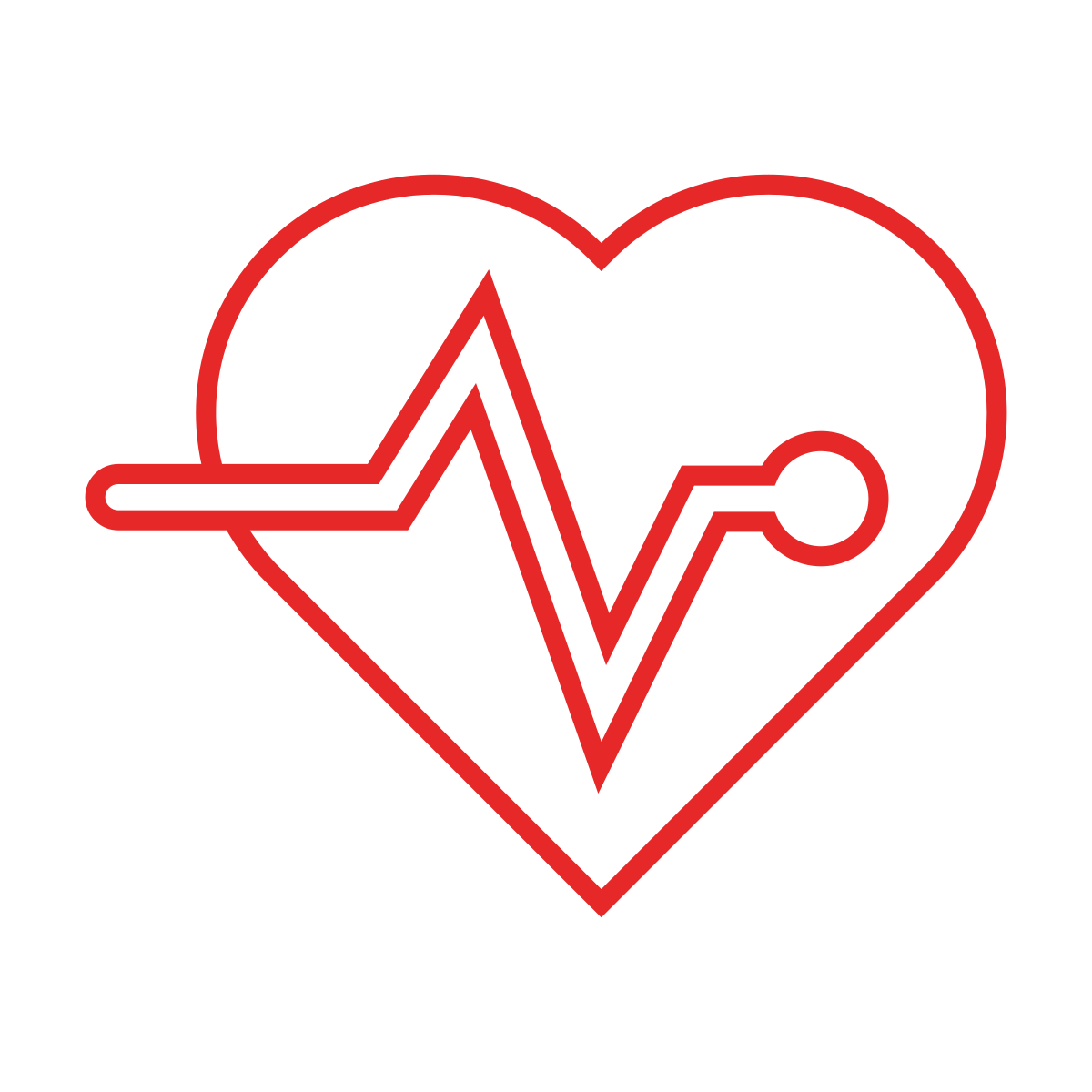Focus on Product Health
Product health reflects the understanding of the goals of the product, the direction of product development and immediate priorities for work. For a healthy product we need to ensure that we have a clear strategy, roadmap and backlog of work. To achieve these outcomes mutual commitment from the team and from the customer are essential.
In A Nutshell
To successfully create an effective product we need to ensure that there is a high level of shared commitment to the delivery of the product features and services. We can only achieve real shared commitment if all the stakeholders fully understand their commitments. This level of clarity requires complete transparency between the team, the customers and other stakeholders about the delivery intent. This will normally include:
Product Vision - the point on the distant horizon to which we are aiming our product
Product Strategy - the route map to achieve the Product Vision
Product Roadmap - a simple description of the current view of priorities and timing for delivery
Product Backlog - describing the features that are prioritised for imminent delivery
Practices
Product Backlog Refinement
An alternative to assessing the health of the team is to assess the health of the product they are working on. Product Health focuses on the whole product life-cycle; it covers both rate of development and quality of service. Product Health assessment recognises that the health of many teams is largely determined by the context in which they work. In a scaled environment, multiple teams can participate in the assessment of the same product.
The product vision gives us the point on the horizon that everyone involved in the product is aiming for. The vision is a shared point of view created by the organisation through an understanding of what its customers are demanding. The vision focuses on the why of the product. This is the organisation’s unique view of the services that will be provided that makes it compelling for customers to use.
The Product Strategy provides the route map to achieve the current vision. It describes how different aspects of the product will evolve to realise the vision. Aspects described in the strategy include features, qualities and technologies. Specific products may need additional aspects to be described within the overall product strategy.
The Product Roadmap provides a simple view of how the product will grow towards its vision. As a forward looking view, the roadmap does not set fixed priorities or deadlines. Rather it is a fluid view that evolves as our understanding of customers’ needs evolves. Roadmaps are influenced by concerns in addition to the customers’ needs. These may include our capability and capacity to deliver change and the business, financial and legal context in which our product operates.
The Product Backlog is the vehicle by which needs are turned into requirements and requirements are turned into operational features in our product. It is a prioritised list of the work that the team currently intends to deliver in the next period of time. The less imminent a feature is, the less well it will be defined.






